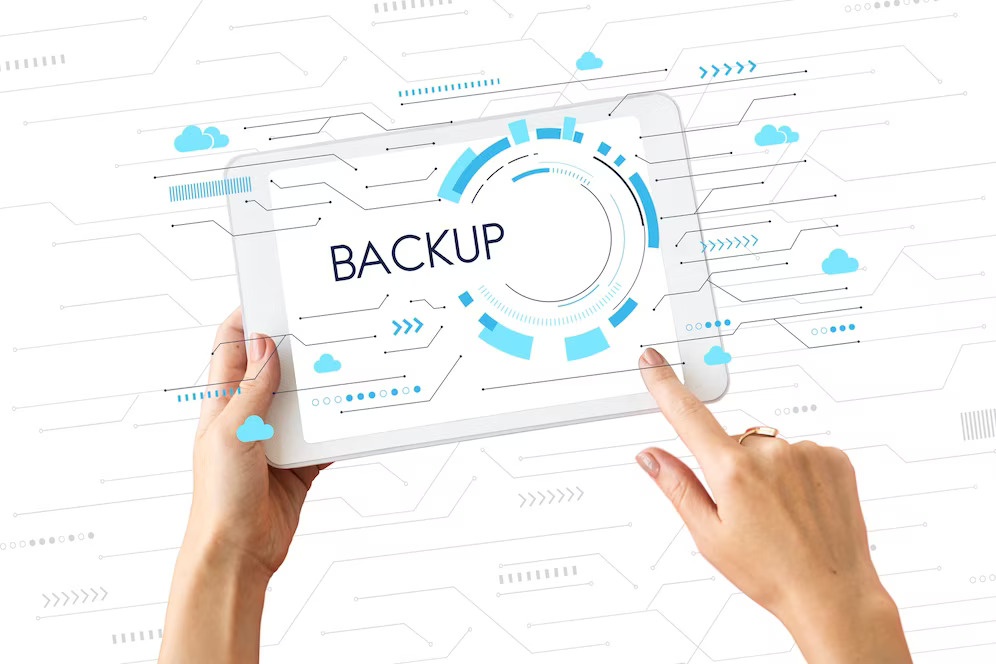System Backup
A system backup is a process of creating a duplicate copy of all the files and folders on a computer or server system, typically done at scheduled intervals to protect the data from possible security risks or system failure. Backing up regularly helps to ensure important information and data is not lost due to an unexpected event.
A system backup should include critical protocols for performing operations such as restoring systems that are corrupted, destroyed, or compromised in any other way. It should also contain recovery plans to mitigate risk in emergencies, along with procedures for safely securing backed up data and verifying that it can be retrieved when needed.
How to create System Backup
To create a backup disk, you can use built-in backup tools in your operating system or third-party software. The specific steps will vary depending on the tool you use, but in general, you will need an external hard drive or USB drive with sufficient storage space to hold the backup.
Once you have the backup drive, you can launch the backup tool and select the files and folders you want to include in the backup. You may also have the option to schedule automatic backups or perform incremental backups, which only backup changes since the last backup.
It’s important to test your backup disk to ensure that it’s working properly and to store it in a safe place away from your computer. This way, if your computer is lost, stolen, or damaged, you’ll still have a copy of your data.
How to Recover Data from HDD/OpticalDisk/USB
The process for recovering data from a HDD, optical disk, or USB drive can vary depending on the cause of the data loss and the specific tools available. However, the general steps for data recovery are:
- Stop using the device: If you suspect that your data has been lost, it’s important to stop using the device immediately to avoid overwriting the data.
- Determine the cause of data loss: Identify the cause of data loss, whether it’s due to accidental deletion, virus/malware infection, hardware failure, or other reasons. This can help you determine the best recovery approach.
- Use recovery software: You can use data recovery software to scan the device and recover lost files. Some popular software options include EaseUS Data Recovery Wizard, Recuva, and Disk Drill.
- Seek professional help: If the data recovery software is not successful, or if the device has physical damage, seek professional help from a data recovery service. They have specialized tools and expertise to recover data from damaged devices.
It’s important to note that data recovery is not always guaranteed, and it’s always better to prevent data loss by regularly backing up your important files.



